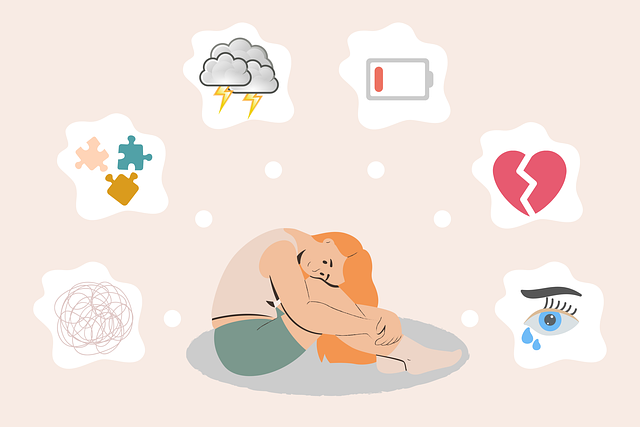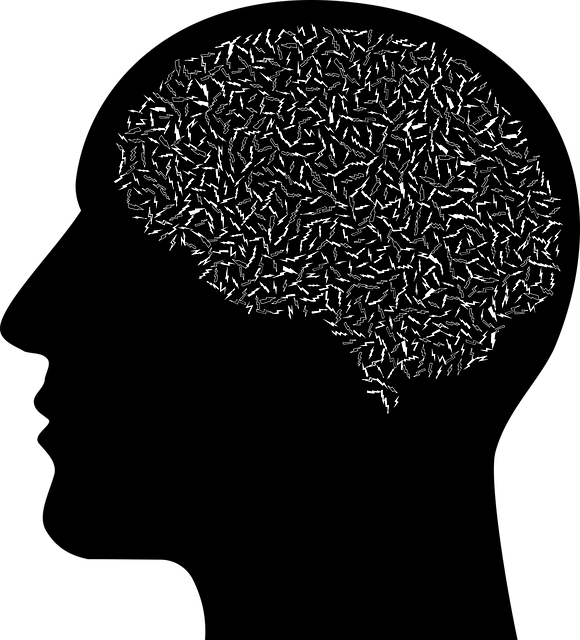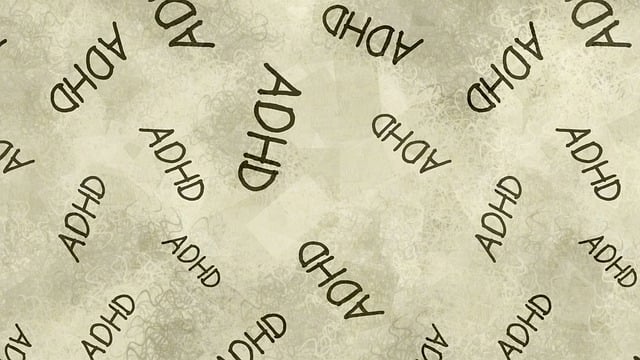Exposure and Response Prevention (ERP) therapy is a proven method helping children aged 7-12 manage stress and anxiety by teaching them to confront triggers gradually, reducing emotional intensity. This cognitive-behavioral approach combines education about anxiety with skills for healthy expression of emotions and problem solving, empowering both kids and caregivers to navigate stressors effectively. By integrating ERP into school and community programs, mental health support networks are normalized, fostering environments where children feel empowered to manage their emotional well-being.
Stress reduction is a vital aspect of fostering healthy mental well-being, especially in children. This comprehensive guide explores effective methods to help kids manage stress, offering practical insights for parents and caregivers. We delve into exposure and response prevention therapy, a powerful approach tailored for children. By understanding their unique stressors and creating calming environments, we can empower them to navigate life’s challenges. Additionally, discover supplementary techniques to soothe young minds and promote resilience.
- Understanding Exposure and Response Prevention Therapy for Children
- Identifying Stressors and Creating a Calming Environment
- Additional Techniques to Soothe and Support Kids' Mental Health
Understanding Exposure and Response Prevention Therapy for Children

Exposure and Response Prevention (ERP) Therapy is an effective approach to help children manage stress and anxiety disorders. This evidence-based method is particularly tailored to young individuals, focusing on their unique experiences and responses. By understanding their triggers and the associated feelings, children learn to confront feared situations or objects in a controlled manner. Through gradual exposure, they desensitize to these triggers, reducing the intensity of their emotional reactions.
The therapy involves educating both the child and their parents or caregivers about anxiety disorders, promoting mental health literacy. This knowledge empowers them to recognize when stress becomes overwhelming and encourages proactive coping strategies. ERP also fosters resilience building by teaching children valuable problem-solving skills and encouraging healthy expressions of emotions. Mental health education programs designed with an ERP framework can significantly contribute to the development of robust mental health policies, ultimately advocating for better support systems in schools and communities.
Identifying Stressors and Creating a Calming Environment

Identifying stressors is a crucial first step in stress reduction. By recognizing what triggers feelings of anxiety or tension, individuals can start to manage and mitigate these sources. This process often involves self-awareness exercises and keeping a mental wellness journal to track thoughts, emotions, and patterns over time. Through journaling, people can identify recurring themes or situations that contribute to their stress levels and begin to develop strategies for navigating them effectively.
Creating a calming environment further supports stress reduction efforts. Establishing routines that incorporate exercise guidance, such as mindfulness practices or light physical activity, can help regulate the body’s response to stress. Additionally, designing spaces that promote relaxation—be it through soft lighting, soothing music, or plants—can contribute to a sense of tranquility. For children, therapy for exposure and response prevention can be particularly effective in teaching them healthy coping mechanisms and ways to manage stressors in their environment.
Additional Techniques to Soothe and Support Kids' Mental Health

In addition to structured activities and mindfulness exercises, there are several therapeutic techniques that can greatly benefit children’s mental health. One effective method is Exposure and Response Prevention (ERP), a form of cognitive-behavioral therapy. ERP helps kids face their fears in a safe, controlled environment, gradually reducing anxiety over time. By preventing avoidance behaviors and replacing them with more adaptive responses, this technique empowers children to manage their emotions effectively.
Beyond individual therapy, confidence boosting and emotional well-being promotion techniques can be integrated into school curricula and community programs. Public awareness campaigns development focused on mental health literacy can also play a significant role in normalizing conversations about stress and anxiety, encouraging support networks, and fostering an environment where children feel comfortable seeking help when needed.
In navigating stress reduction methods, understanding Exposure and Response Prevention (ERP) Therapy specifically tailored for children is invaluable. By identifying stressors and cultivating a calming environment, parents and caregivers can significantly enhance kids’ mental health. Additionally, exploring soothing techniques offers a multi-faceted approach to support young minds. Integrating these strategies, including ERP Therapy, allows for a comprehensive careplan that addresses the unique needs of children, fostering resilience and promoting overall well-being.














